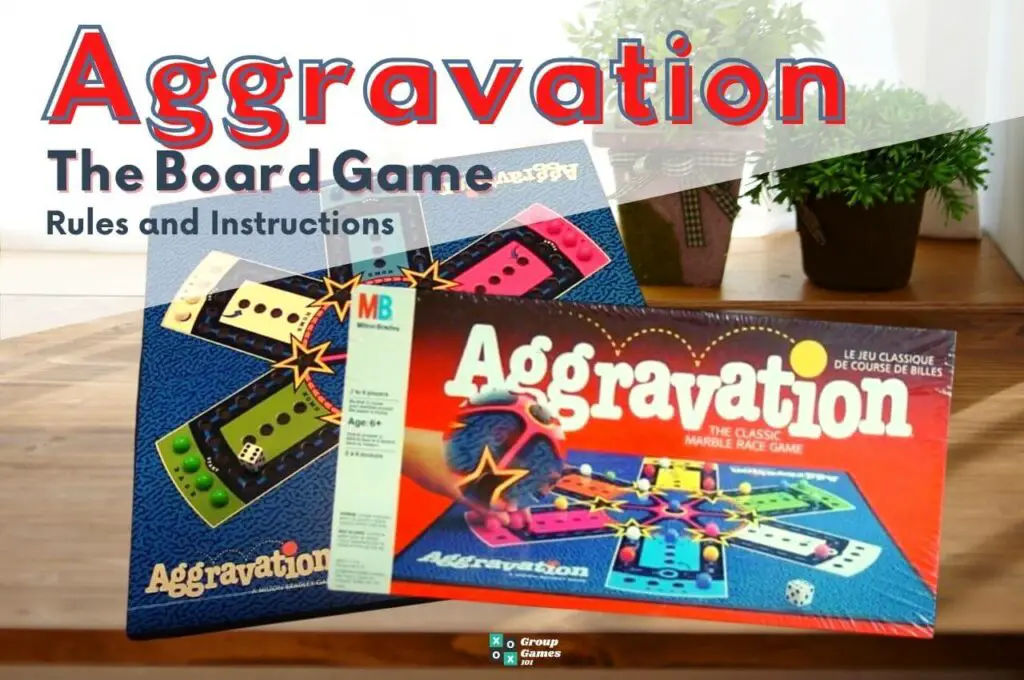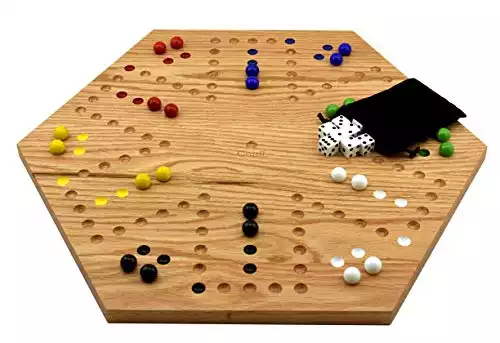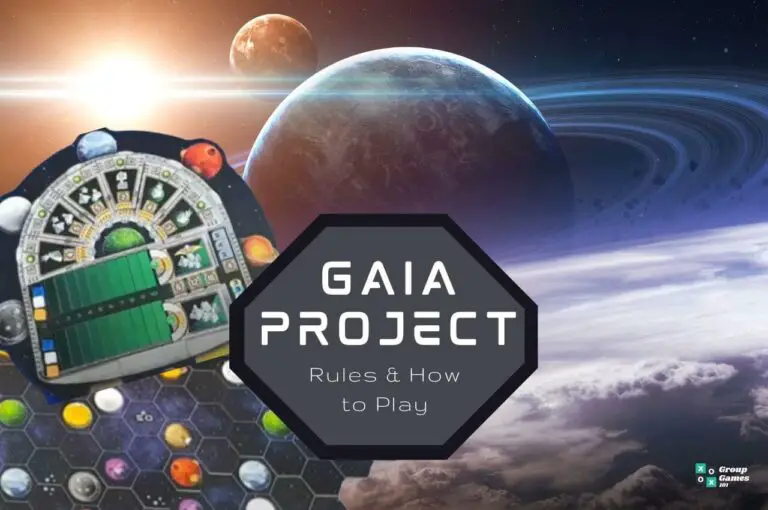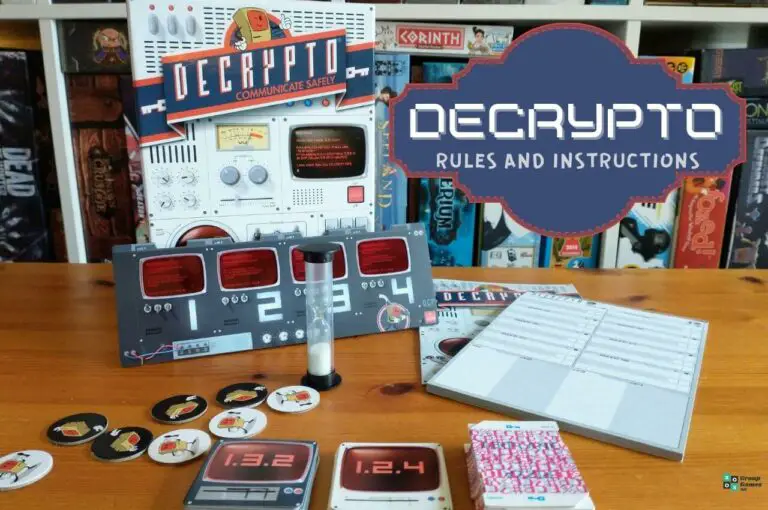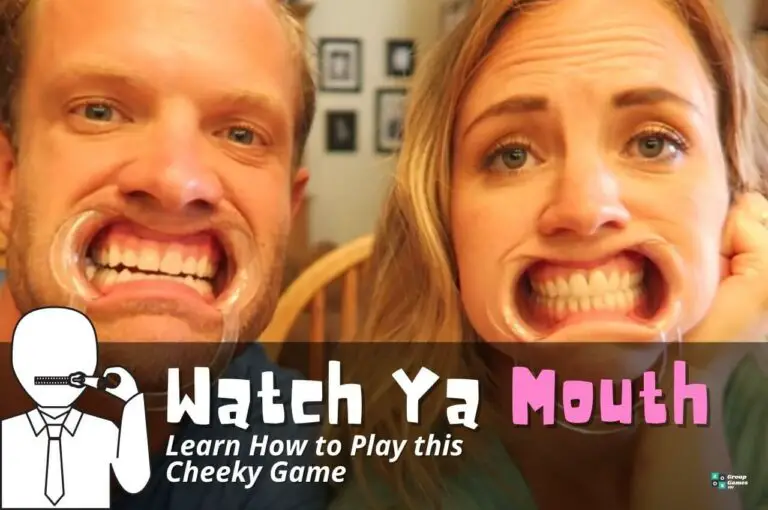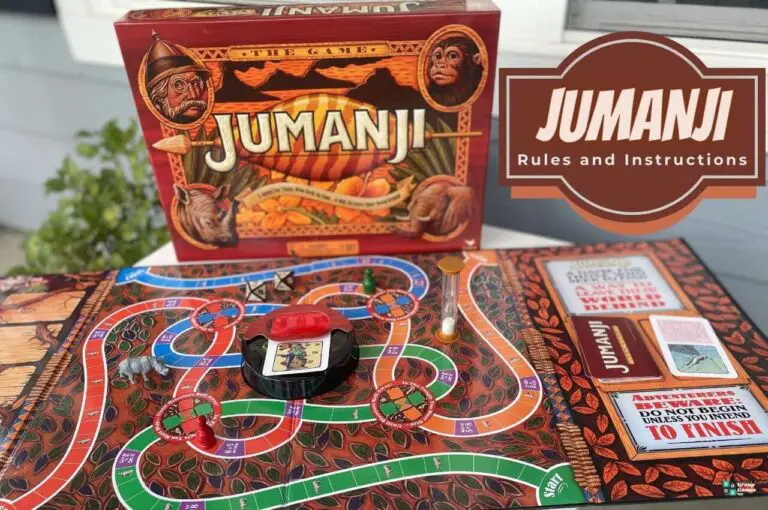If you love family board games that are fun, engaging, simple, yet exciting, the Aggravation board game is what you are looking for. Aggravation rules are uncomplicated, unlike board games like Mysterium, but it can get highly competitive and chaotic, much like the 5 Second Rule.
The main twist in this racing board game, true to its name, is the ‘aggravating’ rule where if one player’s pawn catches up to the opponent’s pawn with an exact number, the opponent is aggravated and has to go back to its base.
Curious to find out more about the game? Don’t worry, we’ve covered the A to Z of Aggravation in this guide.
What Is Aggravation?
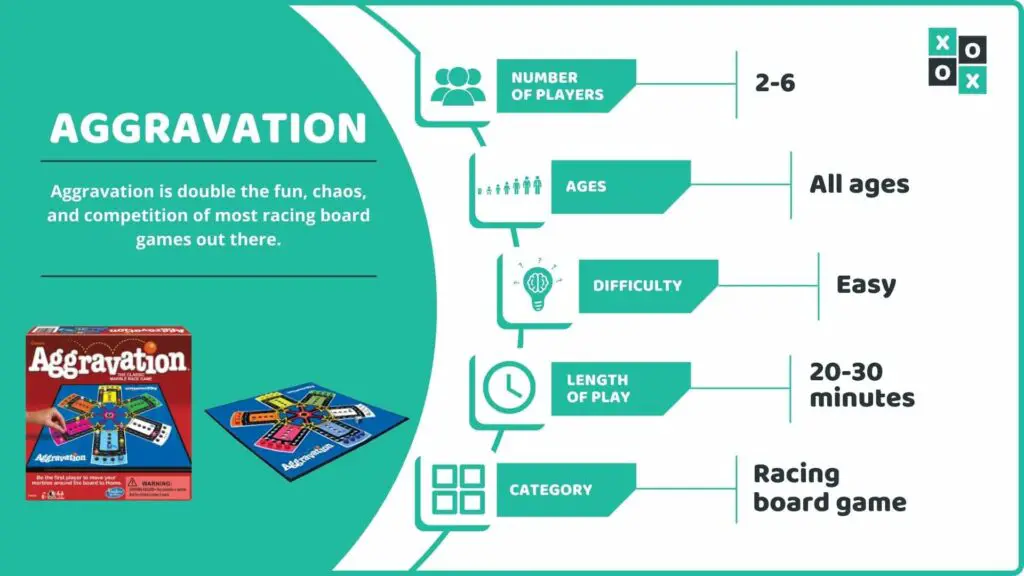
Aggravation is an evergreen racing board game where players unlock their pawns (marbles) from their bases and make them compete against the others to reach home first. The game proceeds like Pay Day, with all players racing on the same Aggravation board at least 4 times to reach home.
The major difference with Aggravation is, however, that each member plays with 4 pawns that can potentially aggravate the opponent’s pawns.
Number Of Players: 2-6.
Ages: Fun for all age groups.
Difficulty: Easy.
Length Of Play: 20-30 mins.
Similar To: Pachisi, Sorry, Trouble, Ludo
Main Objective: Score greater numbers on dice, aggravate other players, and be the first player to reach home.
Why We Love It: Aggravation is double the fun, chaos, and competition of most racing board games out there. With so many pawns on the board, the game is pretty fast-paced and unpredictable at all times.
Brief History Of Aggravation
The origins of Aggravation can be traced back to the Indian game of Parcheesi (see Parcheesi rules), also lovingly called as the national game of the country. The game was first developed in the 1960s and was originally published by Parker Brothers. The Unicorn Club holds annual tournaments for the game with different official rules for the team to play.
What You Need To Play Aggravation
There are classic, retro, and modern Aggravation board game kits available. You simply have to choose one and you’re good to go. A typical game kit will have the following contents:
- A board with holes that form a roadmap; some of which are painted for navigation.
- 6 differently colored sets of 4 marbles (4 sets in older versions).
- A die.
This kit by Hasbro Gaming offers the classic retro version of Aggravation with a welcome change; it allows up to 6 players.
If you want a version of the game that’s more sturdy with glass marbles and a wooden board, you should check out the oak Aggravation board game by Cauff.
Aggravation Board Game Set-Up
Here’s how you can get started with the game:
- Each player picks a color and the marbles of that color.
- The marbles are placed in the ‘base’ area of the board for that designated color.
- The dice is rolled by everyone once. The player with the highest number begins and the turns follow a clockwise order.
Aggravation Rules, Instructions, and Gameplay
Once the order is decided, each player remains locked until a 1 or 6 is rolled. The key is to keep at least 2 of the pawns on the board. So, if one gets aggravated, another can continue on the path. But the balance
Dice Play
The dice play of Aggravation is much like that of Candyland. With every die roll, the players move a marble ahead by that many spaces. However, there are a few special rules for the roll of 1 and 6 on the die.
- The player can unlock 1 pawn each time a 1 or 6 is rolled.
- In the first turn when a player rolls 1, the player gets to roll the die again. This rule is valid only for the first turn. Any subsequent rolls of 1 can be used to unlock or simply move forward, without repeating the turn.
- In any turn, if a player rolls 6, the player gets to roll the die again.
Basic Gameplay
When unlocked, the players use their pawn to travel all the way through the board to come back to their section. The objective is to reach the home lane in your section, marked in your chosen color, by the exact number of die rolls.
The gameplay follows exclusively racing rules with no special activities as they move through the board and only one exception of aggravation.
Aggravating The Opponent Player
According to Aggravation rules, if any player lands on the same space as an opponent with an exact number, that particular pawn of the opponent is knocked out of the game. It goes back into the base. This is called ‘aggravating’ as the opponent’s all efforts to traverse through the board go in vain and the pawn has to start all over again.
The rules for aggravating are:
- You can not aggravate a pawn that has already entered the ‘home lane’ of their color,
- You can not aggravate a pawn in the safe area.
- You can not aggravate a pawn on its ‘start’ position as it is a safe area in itself.
- A single pawn can aggravate any number of pawns in the journey.
- You can not aggravate your own pawn even if they land on the same space.
The ‘safe’ areas are marked in every player’s section where a pawn is completely safe from aggravation. If an opponent’s pawn catches up to yours in this area, they will either have to skip the turn or have another pawn move forward.
Passing Or Landing On Your Own Pawn
Aggravation rules do not allow you to pass or land with your own pawn. If there is a short distance between your two pawns, you will have to advance the pawn in the front. This means, your pawns should complete the journey to their home only in the sequence they have been unlocked.
This rule especially applies when your pawns are close to an opponent’s pawn. For instance, if Player Red has pawns A and B close with only 2 spaces between the two and Player Blue has a pawn just 2 spaces ahead of Red A.
If the player Red rolls a 4, this will put the player in a fix. Because if A moves 4 spaces ahead, it will be ahead of pawn Blue and the risk of aggravation will be high. But if B moves 4 spaces, Red will still have the edge to aggravate Blue. In any case, only the first move is valid.
In case you roll a number that can land your pawn A in the same space as B, and you don’t want to move A due to the risk of aggravation, you can miss the turn and not move anything at all.
Entering The Home And Winning The Game
The pawns have to enter the home lane and reach the designated spot with the exact number. The home lane is colored and the pawns have to align in the sequence they have been unlocked. This means the first pawn needs exactly 5 to reach its spot in the home lane while the last will need just 2.
The player who manages to get all the pawns home the fastest wins the game.
How to Play Aggravation – Video Tutorial
Frequently Asked Questions About Aggravation
Can we play another turn when we roll 1 on the dice in Aggravation?
No. Although both 1 and 6 are used to unlock the marbles from base to start, only a dice roll of 6 can allow players to play another turn.
What happens if we roll 6 thrice consecutively in Aggrivation?
A repeated dice roll of 6 breaks the players turn with all the marbles remaining in the same position as before. The dice roll is considered null and void, and the turn is passed on to the next player.
Can Aggravation be played in teams?
Yes. Depending on the board you use, aggravation can be played between 2-3 teams of 2-3 members each. The official Aggravation rules for team games often involve a lot of additional complications and bonuses, for instance, the 5 bonus roll.
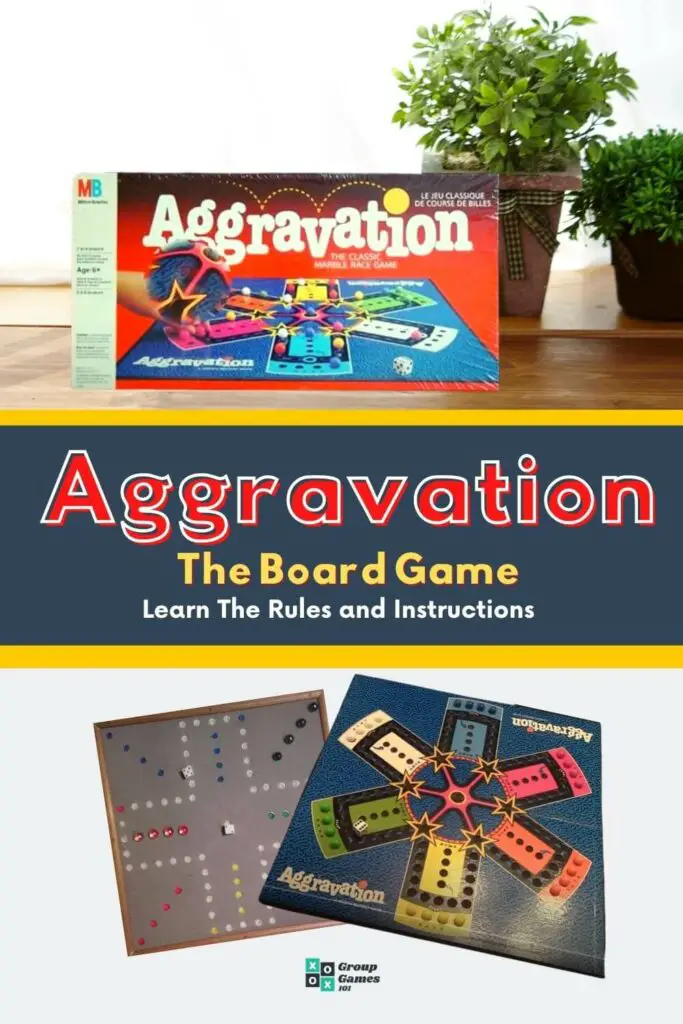
More Board Games That You Might Like
Loved Aggravation? You might have a thing for racing board games. Let’s breeze through a few more options like Fast Track game to keep your holidays fun and exciting.
If you loved the competition and the aggravating factor of this game, you will be amazed by how competitive King of Tokyo can get. Brace yourself, for only one player, can be in Tokyo at a time.
If you want to keep racing but would love to try out some completely different themes and concepts, Battle of the Sexes is ideal for young and adults while Guess Who keeps the kids engaged.
Whether it’s racing, war-based board games, or anything different that you like, we have you covered with game inspiration, ideas, and guides.

